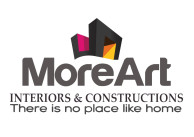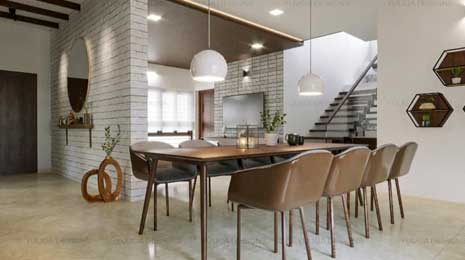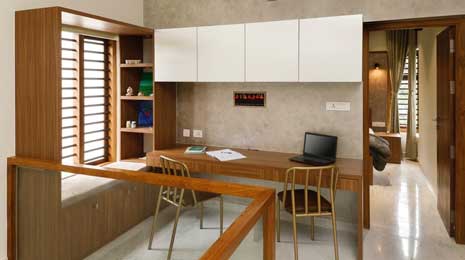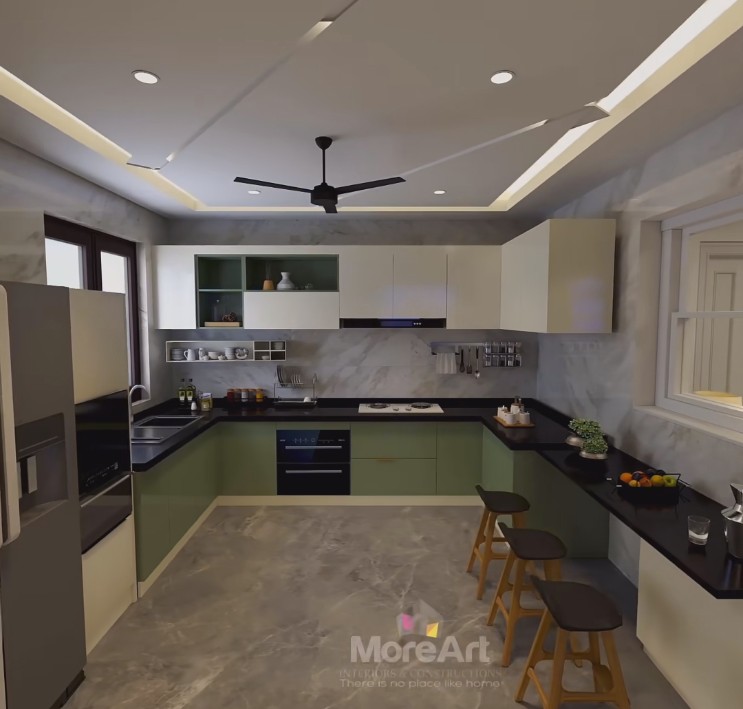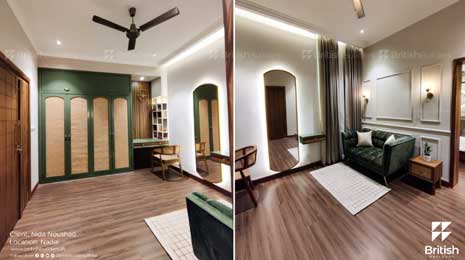Interior Architects in Kannur
Interior architects in Kannur are professionals who specialize in creating innovative and functional interior spaces for residential, commercial, and institutional clients. They combine their expertise in architecture and interior design to conceptualize, plan, and execute interior projects that reflect clients' aesthetic preferences, functional needs, and budget constraints. With a focus on creativity, sustainability, and user experience, interior architects transform ordinary spaces into inspiring environments that enhance quality of life and promote well-being.
Features of Interior Architects
- Design Expertise: Interior architects possess advanced design skills and knowledge of architectural principles, enabling them to create aesthetically pleasing and functional interior layouts that optimize space utilization and flow.
- Collaborative Approach: Interior architects collaborate closely with clients to understand their vision, requirements, and goals for the project, ensuring that the final design reflects their personality, lifestyle, and brand identity.
- Innovative Solutions: Interior architects employ innovative design strategies and cutting-edge technologies to address complex design challenges and create unique, bespoke solutions that set their projects apart.
- Material Selection: Interior architects have expertise in selecting appropriate materials, finishes, and furnishings that enhance the visual appeal and functionality of interior spaces while considering factors such as durability, sustainability, and maintenance requirements.
- Project Management: Interior architects oversee all aspects of the design process, from initial concept development and space planning to construction documentation and project management, ensuring seamless execution and timely completion of projects.
Benefits of Hiring Interior Architects
- Professional Design Guidance: Interior architects provide professional design guidance and expertise throughout the project, helping clients make informed decisions about layout, materials, colors, and finishes to achieve their desired aesthetic and functional goals.
- Space Optimization: Interior architects optimize space utilization and flow through strategic planning and layout design, maximizing the potential of interior spaces while ensuring comfort, efficiency, and functionality.
- Enhanced Aesthetics: Interior architects create visually stunning interiors that reflect clients' tastes and preferences, incorporating elements of texture, color, lighting, and form to create cohesive and harmonious environments.
- Improved Functionality: Interior architects design spaces that are not only aesthetically pleasing but also highly functional and practical, considering factors such as ergonomics, accessibility, and usability to enhance user experience and well-being.
- Value Addition: Well-designed interiors by interior architects can significantly increase the value of properties, attracting potential buyers or tenants and commanding higher resale or rental prices in the real estate market.
Requirements for Hiring Interior Architects
- Initial Consultation: Clients meet with interior architects for an initial consultation to discuss their project requirements, budget constraints, timeline, and expectations, allowing both parties to assess compatibility and alignment of goals.
- Project Brief: Clients provide a detailed project brief outlining their design preferences, functional requirements, spatial constraints, and any specific considerations or challenges that need to be addressed.
- Budget Planning: Clients establish a realistic budget for the project in consultation with interior architects, taking into account design fees, construction costs, material expenses, and contingency provisions for unforeseen expenses.
- Contract Agreement: Clients and interior architects enter into a formal contract agreement outlining the scope of work, deliverables, timelines, payment terms, and responsibilities of each party to ensure clarity and accountability throughout the project.
- Collaborative Process: Clients actively participate in the design process, providing feedback, approvals, and direction as needed, to ensure that the final design meets their expectations and satisfies their requirements.
Quality Standards and Accreditation
Interior architects in Kannur adhere to industry standards and best practices, maintaining high-quality workmanship and professional ethics in their practice. Some interior architects may hold certifications or memberships in professional organizations such as the Council of Architecture (COA) or the Indian Institute of Interior Designers (IIID), demonstrating their commitment to excellence and continuous professional development.
Availability of Interior Architects
Interior architects in Kannur offer comprehensive design services for residential, commercial, and institutional projects, catering to diverse needs and preferences of clients. Clients can explore portfolios, reviews, and recommendations to select interior architects whose design philosophy, aesthetic sensibility, and project approach align with their vision and requirements.
Frequently Asked Questions (FAQs)
-
What is the role of an interior architect?
- Interior architects specialize in designing interior spaces that are functional, aesthetically pleasing, and conducive to the well-being of occupants, blending architectural principles with interior design concepts to create inspiring environments.
-
What services do interior architects offer?
- Interior architects offer a range of services including space planning, layout design, material selection, lighting design, furniture selection, color consultation, project management, and coordination with contractors and vendors.
-
How do I choose the right interior architect for my project?
- To choose the right interior architect, consider factors such as their design style, portfolio of past projects, qualifications, experience, reputation, communication skills, and compatibility with your vision and requirements.
-
What is the difference between an interior architect and an interior designer?
- While both interior architects and interior designers focus on creating functional and aesthetically pleasing interior spaces, interior architects have a background in architecture and structural design, whereas interior designers primarily focus on interior decoration and furnishings.
-
What is the typical process of working with an interior architect?
- The typical process involves an initial consultation, development of design concepts, space planning and layout design, material selection, presentation of design proposals, revisions based on client feedback, finalization of design, construction documentation, project management, and completion.
-
Do interior architects provide cost estimates for projects?
- Yes, interior architects provide cost estimates based on the scope of work, project requirements, and client's budget constraints, considering factors such as design fees, construction costs, material expenses, and contingency provisions.
-
Can interior architects work within a specified budget?
- Yes, interior architects work within a specified budget provided by the client, optimizing design solutions and material selections to achieve the desired aesthetic and functional outcomes while staying within budgetary constraints.
-
How long does it take to complete a project with an interior architect?
- The duration of a project depends on factors such as project scope, complexity, size, client approvals, and contractor availability. Interior architects provide estimated timelines based on project requirements and milestones.
-
Do interior architects provide post-construction support?
- Yes, interior architects may provide post-construction support such as site visits, inspections, and coordination with contractors to address any issues or concerns that may arise during the construction phase or after project completion.
-
Are interior architects responsible for obtaining necessary permits and approvals?
- Yes, interior architects are responsible for obtaining necessary permits and approvals from local authorities or regulatory bodies for the execution of interior projects, ensuring compliance with building codes, zoning regulations, and safety standards


